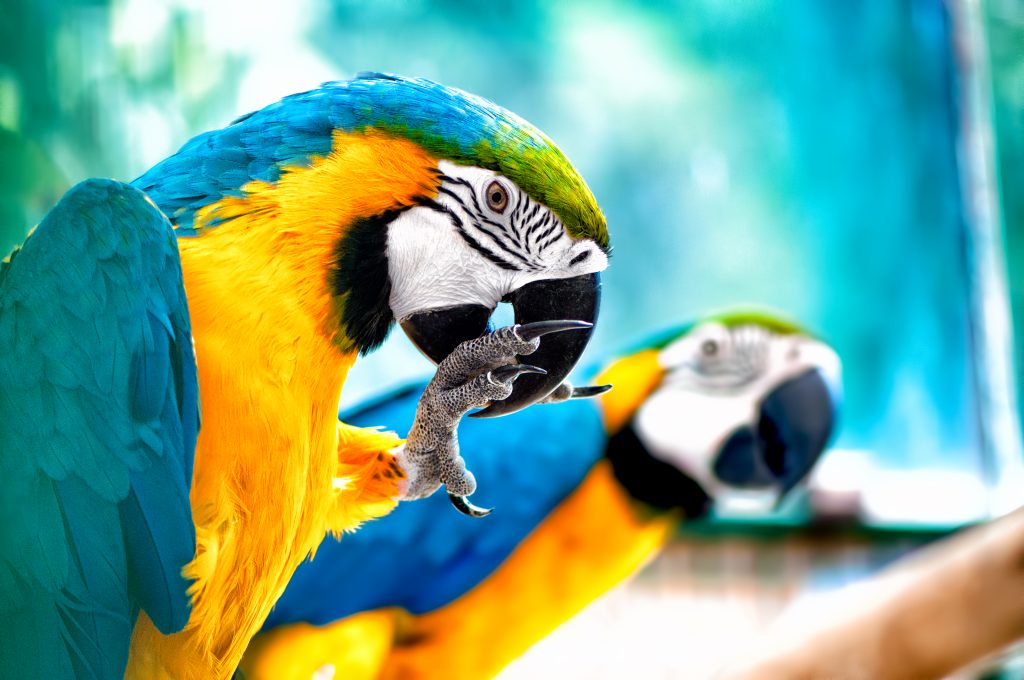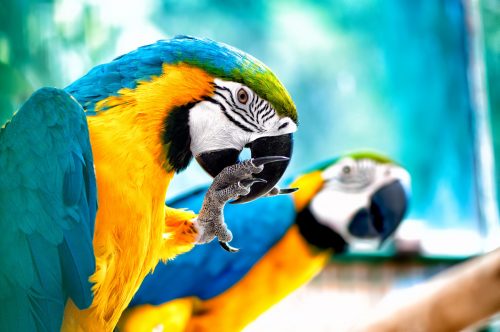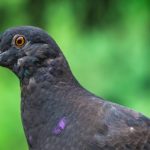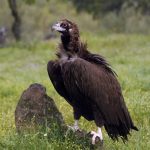Parrots are one of the happiest birds on the planet, spreading joy everywhere they go. One of their best traits is that they can converse and imitate their owners. Furthermore, parrots are well-liked for their grace and beauty.
If you’re looking for a sociable bird to bring joy to your life, parrots are the perfect pet for you. There’s no denying that parrots are extremely intelligent. Despite this, most people believe that these birds can’t see all of the colors. The most important question is whether or not parrots are colorblind.
Nobody sees the world in the same way. Nothing could be truer for persons who are colorblind. There are various types of color blindness in people. Some people have trouble seeing reds and greens, while others struggle to see blues and yellows, and so on. What’s even more remarkable is that they can perceive ultraviolet light as well. This is something that we as humans are unable to accomplish without the aid of advanced technology.

What Colors Can Parrots See?
Reds, blues, yellows, greens, and any other color on the spectrum are visible to them. In some aspects, parrots and humans share similar perspectives on the world. Having said that, parrots can see ultraviolet light as well. Consider the differences between a human eye and a parrot’s eye to see how this is possible. Rods and cones are the 2 kinds of photoreceptors in humans’ eyes that enable them to see.
Our scotopic vision, or capacity to see in dark or dim light, is aided by rods. Cones aid with photonic vision, or the capacity to see in bright light. Our cones are in charge when it relates to our ability to see color. Color vision is controlled by 6-7 million cones in the retina of humans. They are concentrated in the macula’s central region (known as the fovea).
Color blindness occurs when the number of cones in a person’s fovea is insufficient or nonexistent. Some animals, such as cats and dogs, have a limited amount of cones in their eyes, preventing them from seeing specific colors.
For parrots, however, this is not the case. Parrots’ eyes have more cones than human eyes. Parrots can see UV light in addition to all other hues on the spectrum because of these extra cones.
Do Parrots Have Color Vision?
It’s not surprising that the sense of sight is the finest of all the parrots’ senses. Birds can perceive a wide variety of colors and ultraviolet light, as well as have a wide field of vision. We have a 120-degree field of vision like humans.
Parrots, on the other hand, have a 300-degree range of vision since their eyes are on the sides of their heads. That is to say, they can see both in front of them and on both sides of them at the same time. As you might expect, having this skill as a sort of defense in the wild is extremely advantageous.
What Color Can Birds Not See?
When compared to daytime birds, nocturnal birds have reduced color vision. During the day, owls’ vision is hazy and they can only see a limited number of colors. Their night vision, on the other hand, is amazing. Nocturnal birds have a unique vision that enables them to absorb more light and perceive dim light.
The tapetum lucidum is a reflecting area behind the retina of owls. This allows light to pause and reflect into the animal’s eye after it has gone through, allowing the bird two opportunities to absorb enough light.
Do Parrots Have Tongues and What Do They Look Like?
Parrots are fascinating birds with tongues that have unique characteristics. Their tongues are muscular and flexible, allowing them to manipulate and vocalize various sounds. Although usually hidden within their beaks, parrot tongues can be visible while they eat, revealing a thin and pointed shape. These vibrant birds with tongues truly exhibit remarkable adaptability in their communication skills.
Can Parrots See In The Dark?
Even though parrots can see in dim light, their night vision is poor. In the dark, these birds can’t see very well. Furthermore, parrots require around 6 to 21 times more light than people to perceive colors in the dark. The capacity of parrots to see colors tends to decline after sunset.
However, this does not rule out the possibility that the parrots are colorblind at night. Their ability to see in the dark is severely reduced. As a result, people frequently choose to spend their nights in familiar areas. Pet parrots, for example, prefer to stay in their enclosures when it becomes dark.










